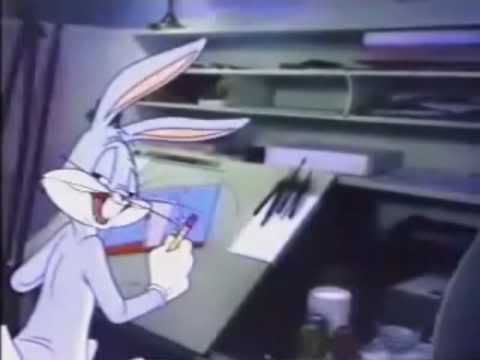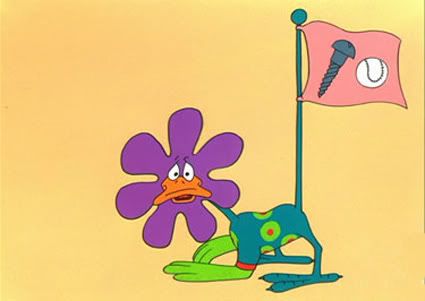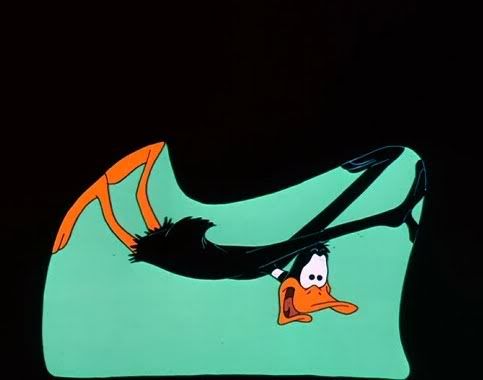And why wouldn't they be? Animations from the 50's were uncanny. Chuck Jones' "Duck Amuck" epitomizes this, referencing both deconstructivist views in thematic content (obliterating the fourth in both the planes of the relationship of an animation to its animator, and of the animator to his animation), while referencing existential themes of mortality.
 Chuck Jones treatment of Daffy in this animation is heavily reminiscent of "The Metamorphasis" by Franz Kafka, and Jone's decision to break down both the barrier between veiwer and character, and character and creator, is most certainly a reference to absurdist playwriting, especially "Rosencrantz and Guildenstern Are Dead" by Tom Stoppard.
Chuck Jones treatment of Daffy in this animation is heavily reminiscent of "The Metamorphasis" by Franz Kafka, and Jone's decision to break down both the barrier between veiwer and character, and character and creator, is most certainly a reference to absurdist playwriting, especially "Rosencrantz and Guildenstern Are Dead" by Tom Stoppard. 

In fact, Stoppard's 'players' characters are cartoonish in action, and it is perhaps out of literature like this that Chuck Jones' characters, like Daffy Duck, emerge.
~*Katrina*~
No comments:
Post a Comment